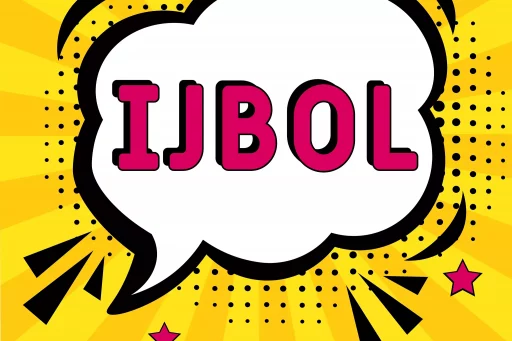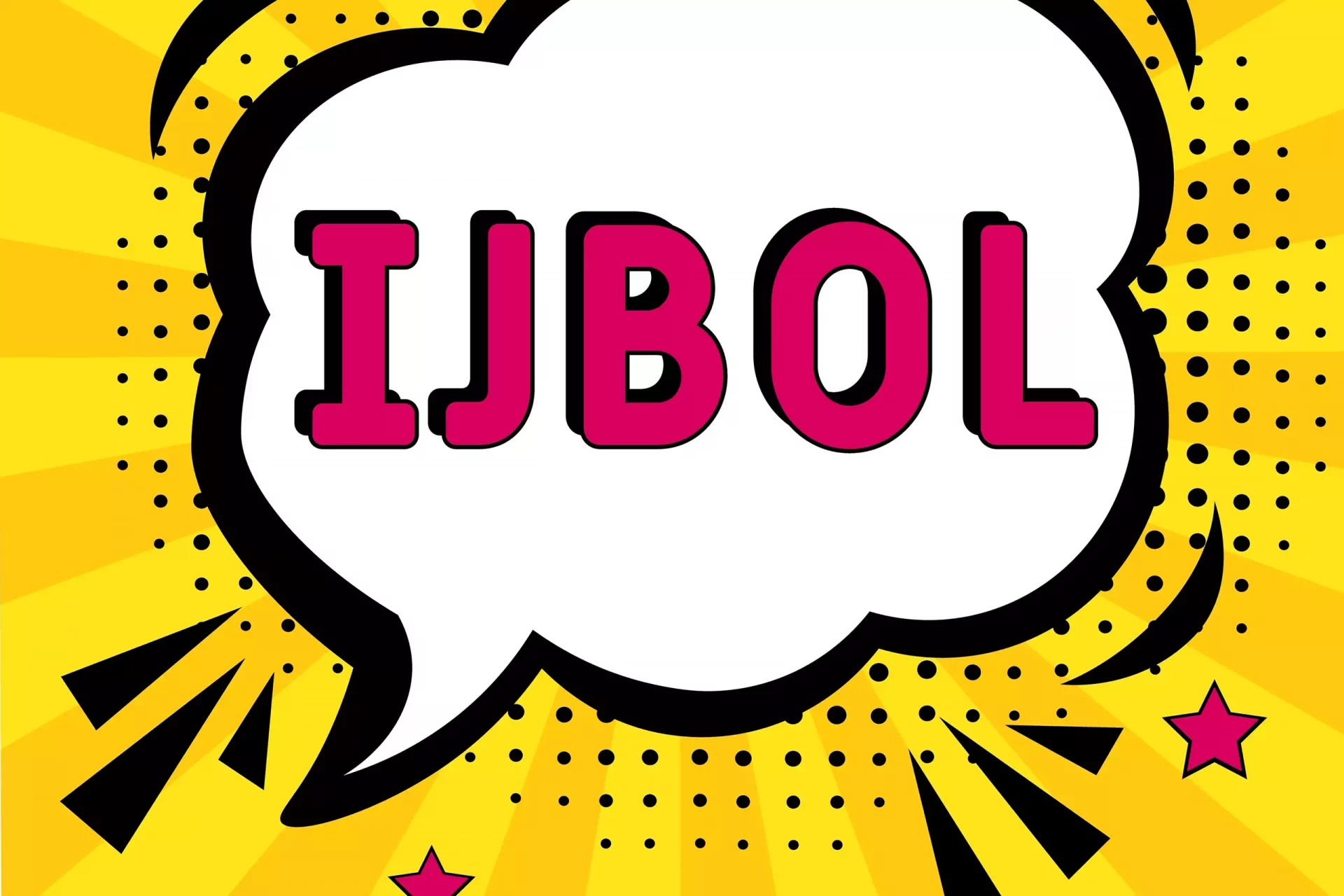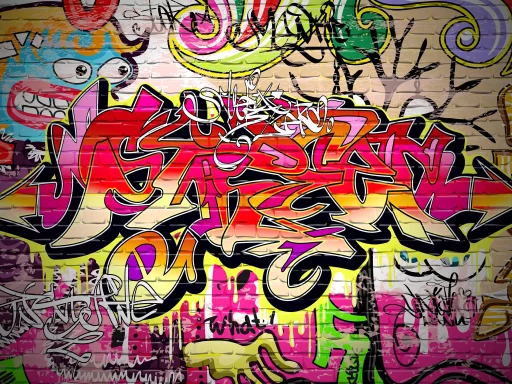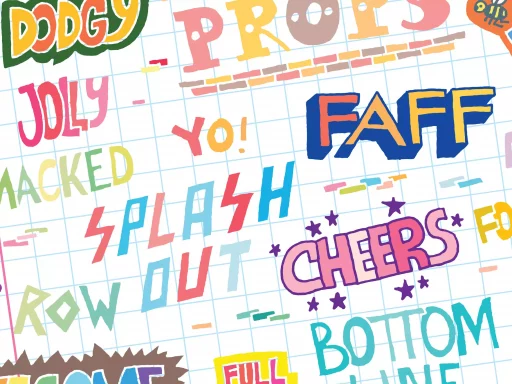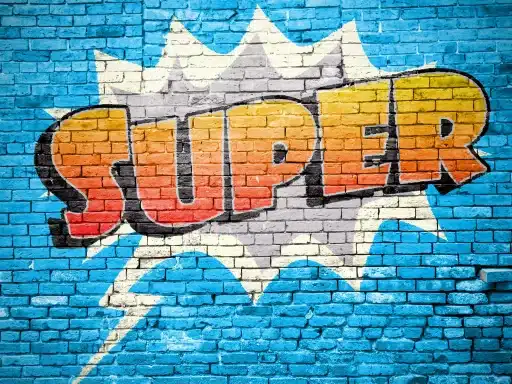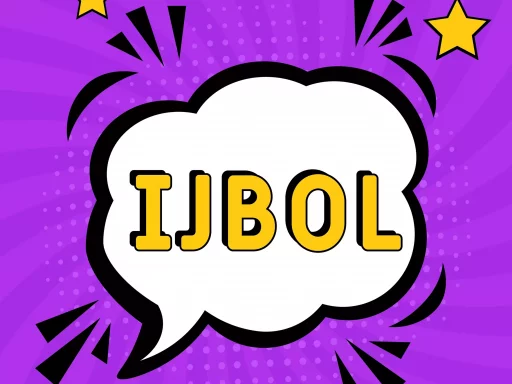Introduction to Slang
Slang is often dismissed as informal or non-standard language, but it plays a crucial role in the evolution of communication. It reflects cultural changes, social dynamics, and the influence of technology. This article delves into the real meaning of slang, its origins, case studies, and its significance in modern society.
The Origins of Slang
Historically, slang has originated from various sectors of society. It often emerges within subcultures or communities as a means of establishing identity and exclusivity. Key sources include:
- Youth Culture: Teenagers frequently create new slang to differentiate themselves from older generations.
- Online Communities: The internet is a hotbed for slang evolution, where terms spread rapidly through social media and gaming.
- Regional Dialects: Slang can vary by geographical area, with unique phrases developing based on local culture.
The Impact of Slang on Communication
Slang enriches communication by allowing individuals to express nuanced feelings and concepts succinctly. This form of language serves multiple purposes:
- Identity Formation: Using slang can create a sense of belonging within a community.
- Influence and Trends: Popular slang words can shape cultural trends, influencing music, fashion, and more.
- Humor and Creativity: Slang allows for playful language use that can inject humor or creativity into communication.
Examples of Slang and Their Meanings
To illustrate the diversity of slang, here are a few popular terms and their meanings as of 2023:
- Flex: To show off, especially in terms of wealth or success.
- Ghosting: Ceasing all communication suddenly, especially in relationships.
- Salty: To express anger or bitterness about a situation.
- Lit: Exciting or excellent; often used in the context of parties or events.
- Cap/No Cap: To lie or to tell the truth; used to emphasize honesty.
Case Studies: Slang in Action
Several notable case studies highlight the impact of slang on broader societal trends:
1. Social Media Influence
Platforms like TikTok and Twitter have rapidly amplified the spread of new slang terms. Research indicates that the use of social media slang often influences real-time language changes in mainstream media.
2. Music and Pop Culture
Slang often permeates music lyrics. For example, artists like Drake and Cardi B regularly use contemporary slang, which not only enhances their relatability but also encourages fans to adopt these terms.
3. Advertising and Marketing
Brands increasingly incorporate slang in their messaging to appeal to younger audiences. Statistics show that ads using relatable language perform better by up to 30% in engagement rates.
The Breakthrough of Slang in Academia
Once considered taboo, slang is now receiving academic attention. Linguists analyze its patterns, functions, and implications:
- Student Engagement: Some universities now incorporate slang studies into linguistics and sociology courses.
- Language Evolution: Researchers study how slang terms migrate into formal language, impacting grammar and usage.
Statistics on Slang Usage
Here are some key statistics regarding slang usage:
- According to a 2022 survey, 87% of teenagers use slang in their daily conversations.
- 65% of marketing professionals report successful campaigns include slang to resonate with younger demographics.
- Research shows that slang terms have a lifespan of about 5-20 years before they fade from usage.
Conclusion
Understanding slang is essential for grasping the nuances of contemporary language. It reveals the ever-changing landscape of culture and communication, highlighting the importance of linguistic diversity. As society evolves, so too will the slang that shapes it.
Further Reading
If you’d like to dive deeper into the topic of slang, consider exploring related resources that examine language trends, cultural linguistics, and sociolect variations.
